Japan, a land of profound natural beauty and rich traditions, offers a unique experience every season. Having visited Japan during each distinct period, I’m excited to share an in-depth look at what you can expect in each, helping you pick the perfect time for your visit based on your interests.
Japan has four distinctive seasons, although average temperatures are not consistent across the country. You have the cherry blossom season in the Spring, Matsuri and celebrations in the summer, colorful leaves in the autumn and fairy tale snow in the winter.
My favorite time of year to travel to Japan is in October, when the summer heat subsides and t-shirt weather prevails. At the end of the month, the country turns into a beautiful canvas of red, orange, and yellow foliage, which is a great backdrop for hiking and photography. October is also the ideal time to experience the Jidai Matsuri in Kyoto, held on October 22nd. This festival is one of the city’s grandest, featuring a parade of participants in elaborate costumes that span Japan’s historical eras from the Samurai to the Meiji periods.
So, which is the best time to visit in Japan? In this guide, I will compare all four seasons and explain why they are great for a visit.
Looking for assistance in planning your journey to Japan? Consider having a tailor-made Japan itinerary created just for you!
Table of Contents
- Spring in Japan (March – May)
- What to Expect
- Summer in Japan (June – Mid-September)
- What to Expect
- Autumn in Japan (Mid-September – Early December)
- What to Expect
- Winter in Japan (December – February)
- What to Expect
- Weather and holidays in Japan that could affect your plans
- Typhoon season in Japan
- Rainy season in Japan
- Important holidays in Japan
- Japan Climate Guide
- Frequently Asked Questions
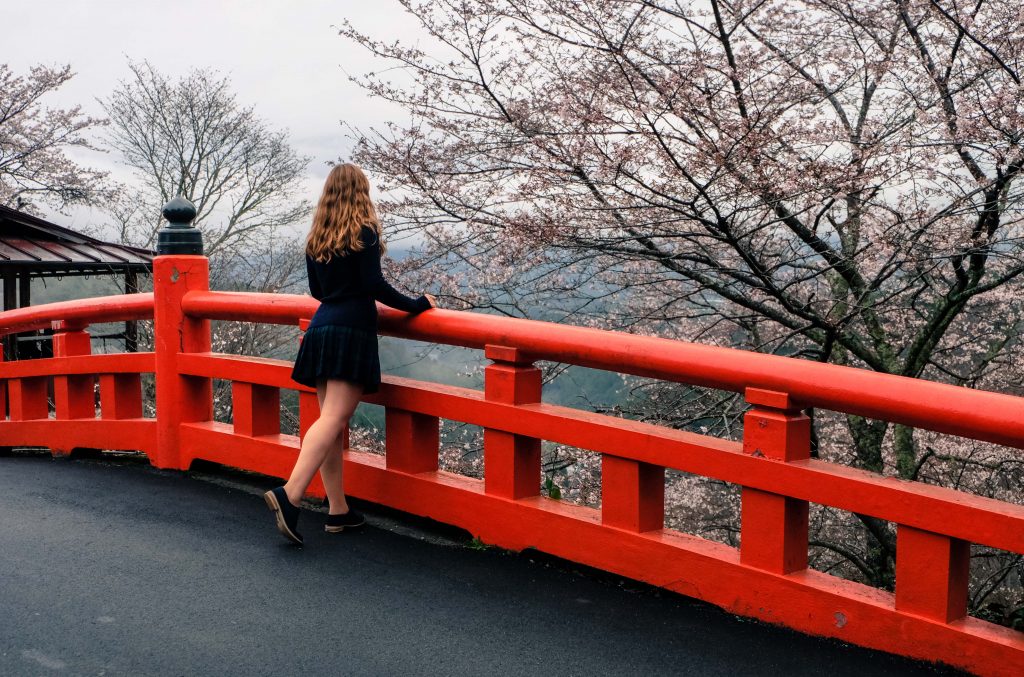
Spring in Japan (March – May)
Spring in Japan is nothing short of magical. This is the ideal time for cherry blossom viewing parties, known as hanami. My visit during the cherry blossom season was a highlight, with delicate pink sakura creating the perfect backdrop for my photography. I especially recommend Yoshino for hanami and less crowded locations like Osaka and Kagoshima.
As beautiful as sakura time is, Japan is also the most expensive and the busiest in the spring. Sakura blooming time can be fickle as it’s weather dependent. Not only that you have to visit during the priciest time of the year, but you also need to plan for a longer holiday if hanami is your goal!
What to Expect
In the spring, temperatures range from 4ºC to 18ºC. The air is crisp, with occasional rain showers that make the cherry blossoms seem even more vibrant.
Accommodation prices peak, so book early, several months in advance. Wearing layers is advisable as mornings and evenings can be chilly.
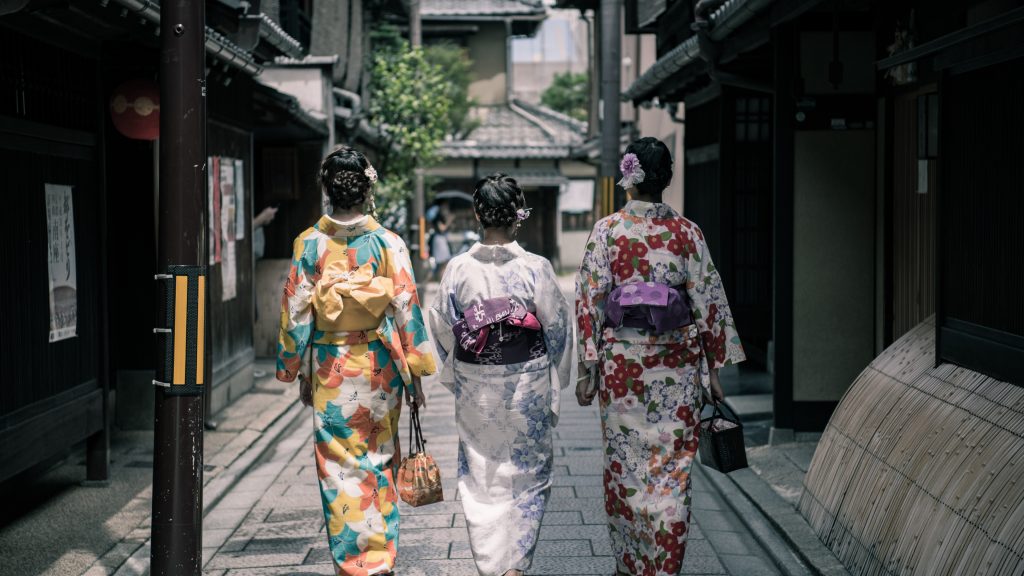
Summer in Japan (June – Mid-September)
I’m not going to lie, visiting Japan in the summer is not ideal unless you don’t mind humid scorching heat. During this period, Japan experiences the rainy season called tsuyu (梅雨), and lasts from early June to mid-July.
During a sweltering August visit, I explored the lush landscapes of Hokkaido, escaping the heat of the mainland. I know many Japanese also head to Okinawa during the summer holidays, but please be aware that typhoons can happen at any time.
You’ll want to visit in the summer for ice cream, frozen treats like Kakigōri and the tones of festivals like Obon or Kyoto’s Gion Matsuri.
What to Expect
Expect hot, humid conditions with temperatures between 21°C and 32°C. Recently, Tokyo has seen temperatures closer to 40°C!
Activity wise, summer is great for attending festivals and climbing Mount Fuji. Bear in mind that the peak season for climbing Mount Fuji is from around July 20 to the end of August.
To survive summers, light clothing and hydration are key. Also, try to schedule outdoor activities in the early morning or late afternoon to avoid the midday heat.
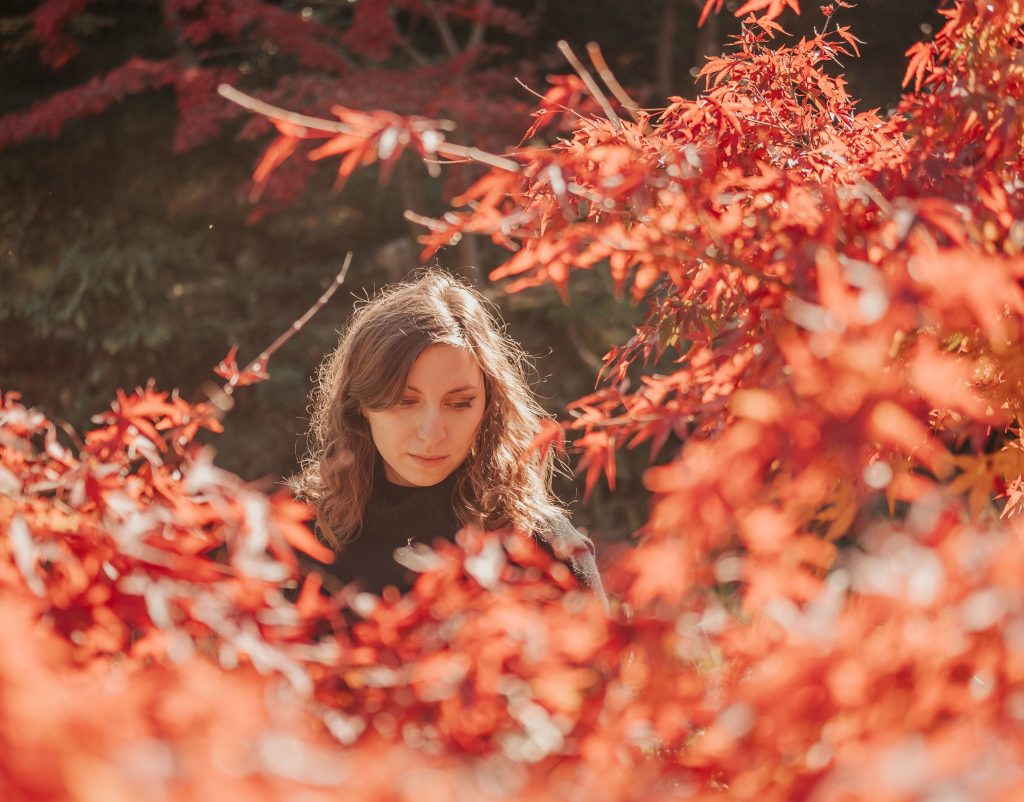
Autumn in Japan (Mid-September – Early December)
I know I probably sound like a broken record, but honestly, autumn is such an incredible time to visit Japan.
My autumn travels were highlighted by the koyo (colorful leaves) viewing, which look so impressive, you won’t know what to photograph first. Places like Kiyomizu-dera in Kyoto offered breathtaking views of fiery red and golden leaves. The weather is warm during the day with long sunny days and cool, crisp evenings.
October is fabulous for the Jidai Matsuri in Kyoto, and November is fantastic for the Ginkgo festival in Hachioji.
What to Expect
Cooler temperatures ranging from 10°C to 21°C make exploring comfortable. Visiting any of Japan’s national parks during this season is highly recommended for koyo viewing.
Autumn is perfect to head to Nikko to see the stunning Kegon Falls or Kanazawa for its perfect Kenrokuen Garden.
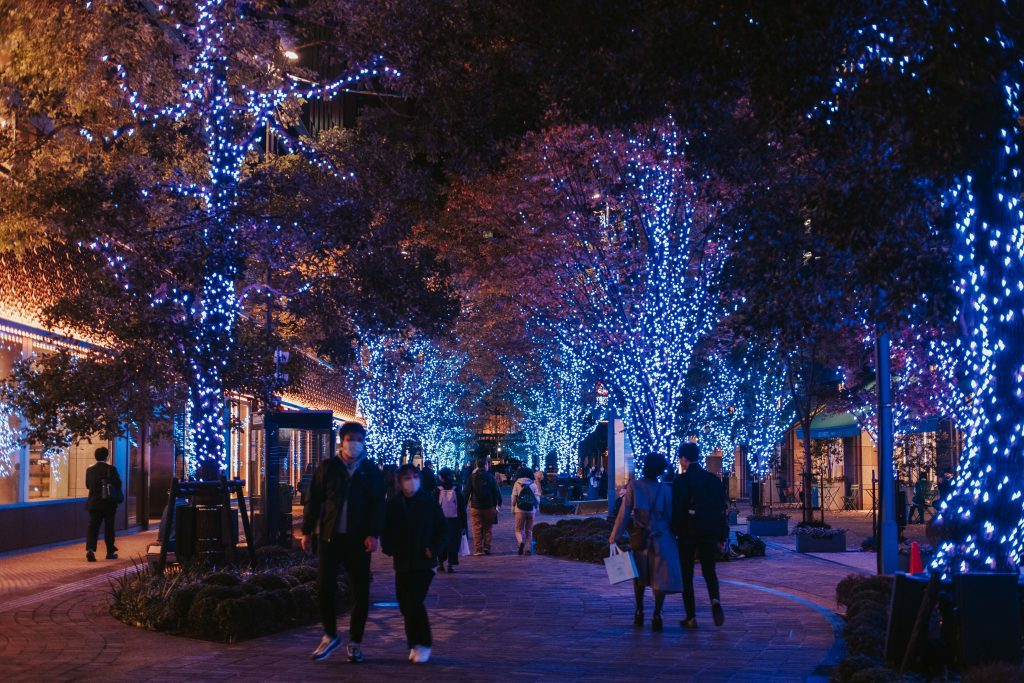
Winter in Japan (December – February)
I think winter in Japan is such a great time to visit because prices are very affordable, and the landscape is straight out of a fairy tale. Sure, the weather is colder, but in exchange you get stunning countryside with traditional wooden houses covered in a blanket of snow.
December in Tokyo is especially beautiful, when I got to see parks and gardens have surreal winter illumination. I even got to see Christmas markets with mulled wine and ice rinks.
Besides, when it’s too cold, head straight to an outdoor onsen in places like Nagano and relax in the hot water while admiring the falling snowflakes.
Of course, February is a great time to visit for the famous Sapporo’s Snow Festival. The elaborate ice sculptures and snow statues transform the city into a winter wonderland.
What to Expect
Winters are cold, with temperatures often dropping below freezing, especially in northern areas like Hokkaido.
Skiing, snowboarding, and onsen visits are perfect during this season.
Pack warm layers and waterproof footwear. Winter is also a great time to enjoy Japan’s seasonal delights, such as fugu (puffer fish) and nabe (hot pot).
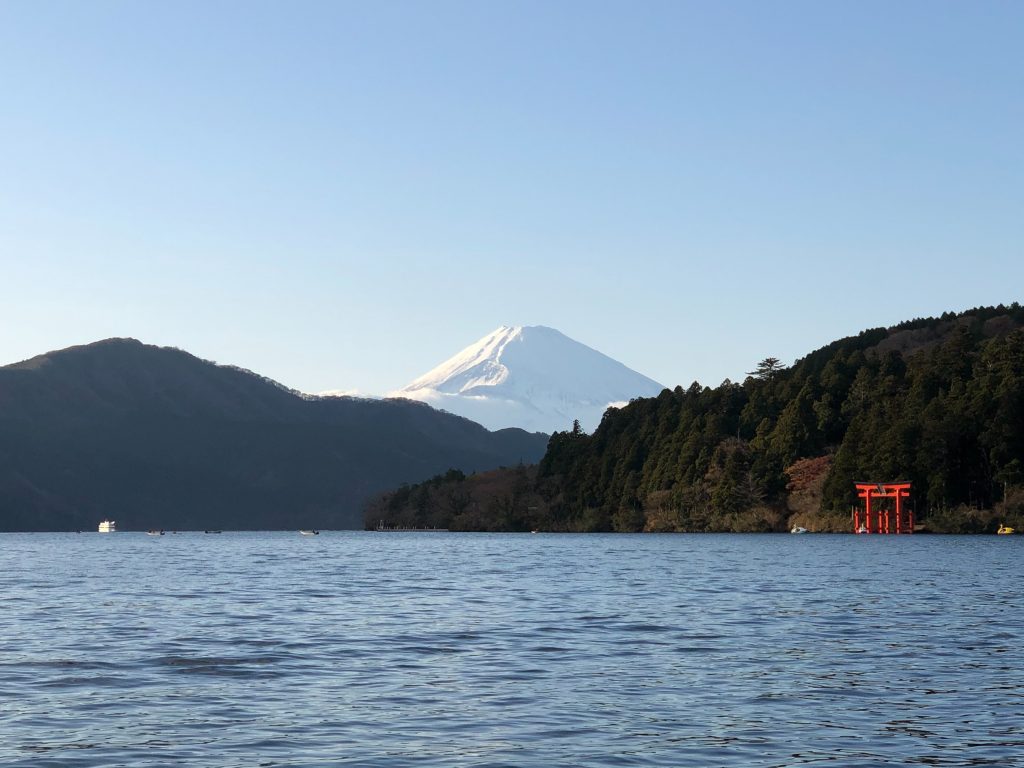
Weather and holidays in Japan that could affect your plans
Let’s talk a little about why the weather should be considered when you pick your time to visit. Japan is positioned on the so-called ring of fire, which makes natural disaster a possibility. Before visiting Japan, check the weather patterns and make sure there are no weather warnings.
Typhoon season in Japan
Typhoon season starts from June through October in Japan. Typhoon season in Japan is very common, with around seven of these tropical storms affecting Okinawa and around three of them reaching Honshu. Typhoons in Japan bring strong winds and heavy rainfall, and they are usually experience in August and September.
It’s important to remember that any part of Japan can be hit for a typhoon, including all the major cities like Tokyo, Kyoto, and Osaka.
Rainy season in Japan
In Japan, the rainy season is called tsuyu, and it lasts from June until mid-July. This doesn’t mean that you will experience rain every single day, but generally speaking, the weather is hot and humid with a lot of rainfall. It’s worth noting that Okinawa gets impacted by this about a month earlier, and Hokkaido doesn’t get as much rain. Grab an umbrella, have some thin waterproof layers, and you will be fine.
Important holidays in Japan
Hholidays in Japan can make travel expensive, especially during Golden Week. This table lists all the significant holidays throughout the year in Japan, including both national and local observances.
| Date | Holiday |
|---|---|
| December 31 to January 3 | New Year |
| January 1 | New Year (Shogatsu) |
| January 8 | Coming of Age Day (Seijin no hi) |
| February 11 | National Foundation Day (Kenkoku kinenbi) |
| March 21 | Spring Equinox Day (Shunbun no hi) |
| April 29 to May 7 | Golden Week |
| April 29 | Showa Day (Showa no hi) |
| May 3 | Constitution Memorial Day (Kenpo kinenbi) |
| May 4 | Greenery Day (Midori no hi) |
| May 5 | Children’s Day (Kodomo no hi) |
| July 17 | Ocean Day (Umi no hi) |
| August 13-17 | Obon (Tokyo celebrates in July) |
| August 11 | Mountain Day (Yama no hi) |
| September 18 | Respect for the Aged Day (Keiro no hi) |
| September 23 | Autumn Equinox Day (Shubun no hi) |
| October 9 | Health and Sports Day (Taiiku no hi) |
| November 3 | Culture Day (Bunka no hi) |
| November 23 | Labor Thanksgiving Day (Kinro kansha no hi) |
| December 23 | Emperor’s Birthday (Tenno no tanjobi) |
Japan Climate Guide
| Destination | Jan | Feb | Mar | Apr | May | Jun | Jul | Aug | Sep | Oct | Nov | Dec |
|---|---|---|---|---|---|---|---|---|---|---|---|---|
| Hiroshima | 48°F (9°C) | 50°F (10°C) | 55°F (13°C) | 64°F (18°C) | 73°F (23°C) | 79°F (26°C) | 86°F (30°C) | 90°F (32°C) | 82°F (28°C) | 73°F (23°C) | 63°F (17°C) | 54°F (12°C) |
| Kanazawa | 43°F (6°C) | 45°F (7°C) | 52°F (11°C) | 63°F (17°C) | 72°F (22°C) | 77°F (25°C) | 84°F (29°C) | 88°F (31°C) | 81°F (27°C) | 70°F (21°C) | 59°F (15°C) | 50°F (10°C) |
| Kyoto | 46°F (8°C) | 48°F (9°C) | 54°F (12°C) | 66°F (19°C) | 75°F (24°C) | 81°F (27°C) | 88°F (31°C) | 90°F (32°C) | 82°F (28°C) | 72°F (22°C) | 61°F (16°C) | 52°F (11°C) |
| Miyajima Island | 45°F (7°C) | 46°F (8°C) | 54°F (12°C) | 63°F (17°C) | 70°F (21°C) | 77°F (25°C) | 84°F (29°C) | 86°F (30°C) | 79°F (26°C) | 70°F (21°C) | 61°F (16°C) | 50°F (10°C) |
| Okinawa | 66°F (19°C) | 66°F (19°C) | 70°F (21°C) | 75°F (24°C) | 79°F (26°C) | 84°F (29°C) | 88°F (31°C) | 88°F (31°C) | 86°F (30°C) | 81°F (27°C) | 75°F (24°C) | 70°F (21°C) |
| Osaka | 48°F (9°C) | 48°F (9°C) | 55°F (13°C) | 66°F (19°C) | 73°F (23°C) | 81°F (27°C) | 88°F (31°C) | 90°F (32°C) | 82°F (28°C) | 72°F (22°C) | 63°F (17°C) | 54°F (12°C) |
| Tokyo | 50°F (10°C) | 50°F (10°C) | 55°F (13°C) | 66°F (19°C) | 73°F (23°C) | 77°F (25°C) | 84°F (29°C) | 88°F (31°C) | 81°F (27°C) | 70°F (21°C) | 61°F (16°C) | 54°F (12°C) |
| Tsumago | 39°F (4°C) | 43°F (6°C) | 50°F (10°C) | 61°F (16°C) | 70°F (21°C) | 75°F (24°C) | 81°F (27°C) | 84°F (29°C) | 75°F (24°C) | 64°F (18°C) | 55°F (13°C) | 45°F (7°C) |
| Sapporo | 28°F (-2°C) | 29°F (-2°C) | 36°F (2°C) | 49°F (9°C) | 59°F (15°C) | 67°F (19°C) | 73°F (23°C) | 76°F (24°C) | 68°F (20°C) | 57°F (14°C) | 43°F (6°C) | 32°F (0°C) |
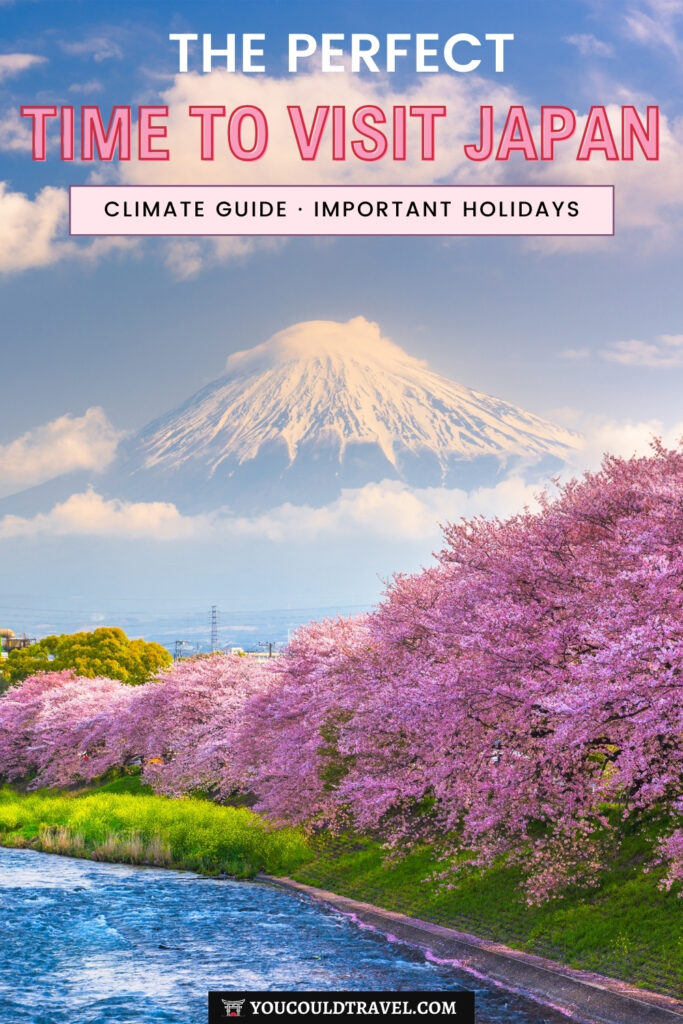

Frequently Asked Questions
What is the best month to go to Japan?
My favorite month to visit Japan is October. The weather is great for traveling and outdoor activities because it’s mild and doesn’t rain much. October provides a comfortable climate in which you can enjoy exploring cities and countryside alike without the discomfort of extreme temperatures.
October marks the beginning of the autumn foliage season in many parts of Japan, especially in the northern regions and higher elevations.
Culturally, October is a celebratory month in Japan, filled with festivals and events that showcase the country’s rich heritage and lively community spirit. One of the most famous events is the Jidai Matsuri in Kyoto.
For travelers interested in food, October also offers the chance to taste seasonal delicacies when the focus shifts to foods like sweet potatoes, persimmons, and mushrooms.
What is the cheapest month to go to Japan?
January tends to be the cheapest month to visit Japan because it is in the middle of winter. Aside from areas popular for winter sports like skiing in Hokkaido or the Japanese Alps, the colder weather tends to deter tourists, especially those looking to enjoy Japan’s outdoor attractions and gardens.
International travelers can expect cheaper airfare to Japan during January as airlines and travel agencies aim to attract more tourists during this off-peak time. Hotels and guesthouses offer discounted rates to increase occupancy after the New Year peak.
When should you avoid crowds in Japan?
To avoid crowds in Japan, it’s important to plan your visit during the off-peak travel times and steer clear of major national holidays and festival periods. If crowds bother you, it is advisable that you don’t travel during sakura season or Golden Week. You’ll want to come to Japan during off-peak season, which is January – February.

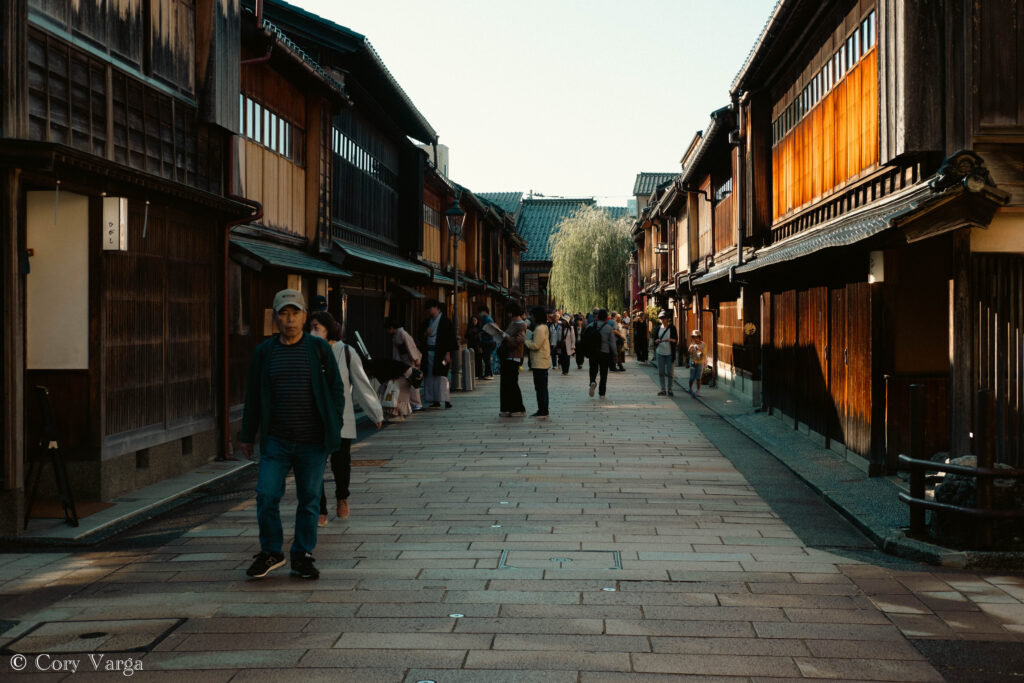
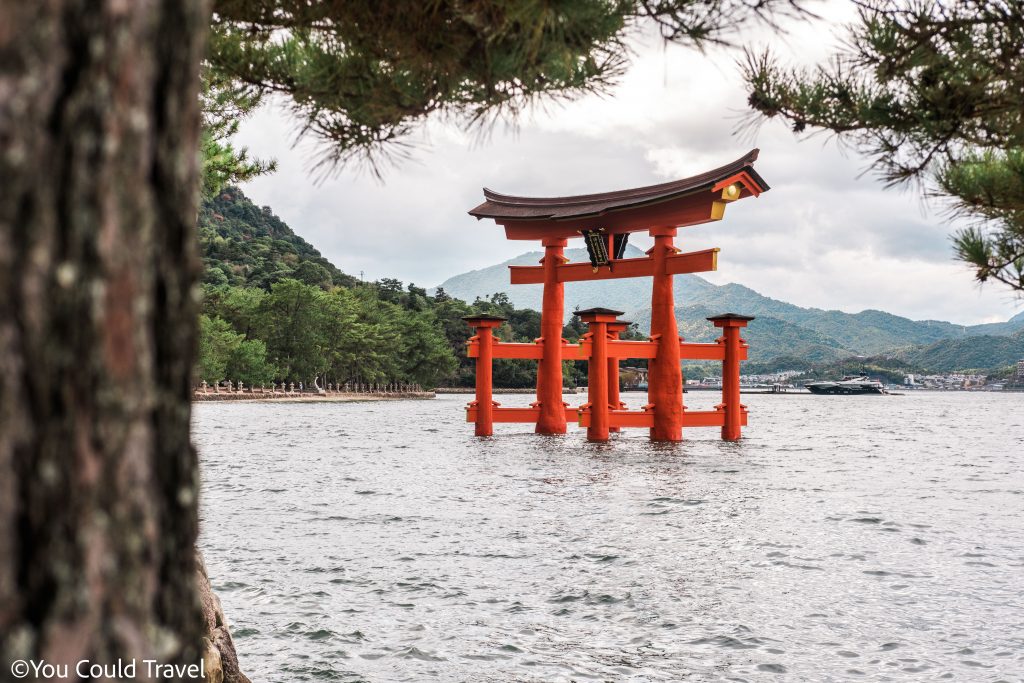
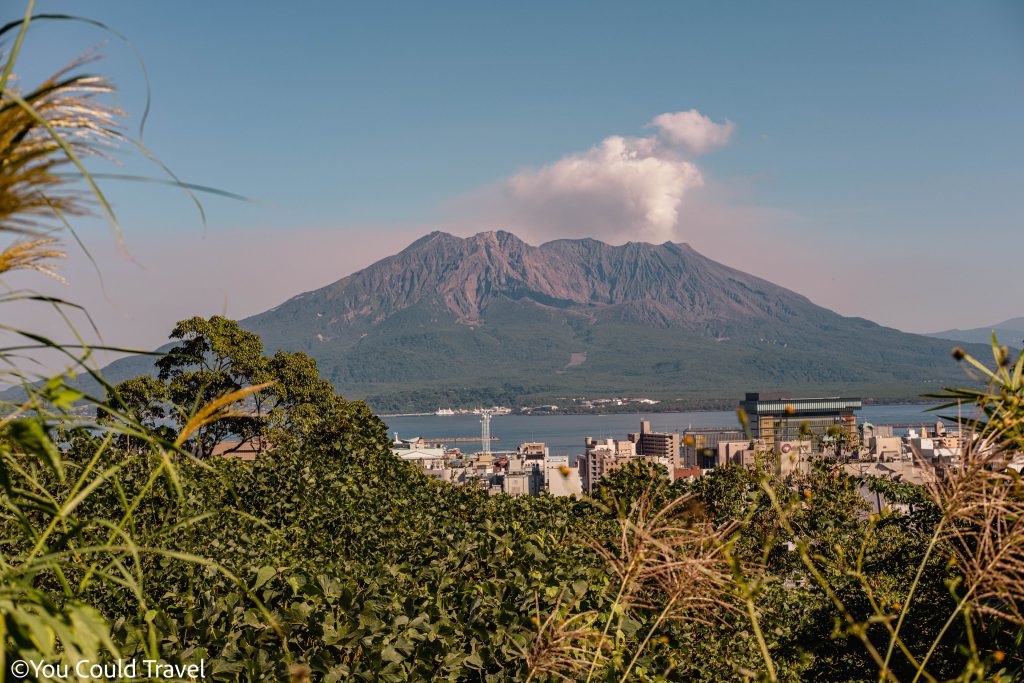
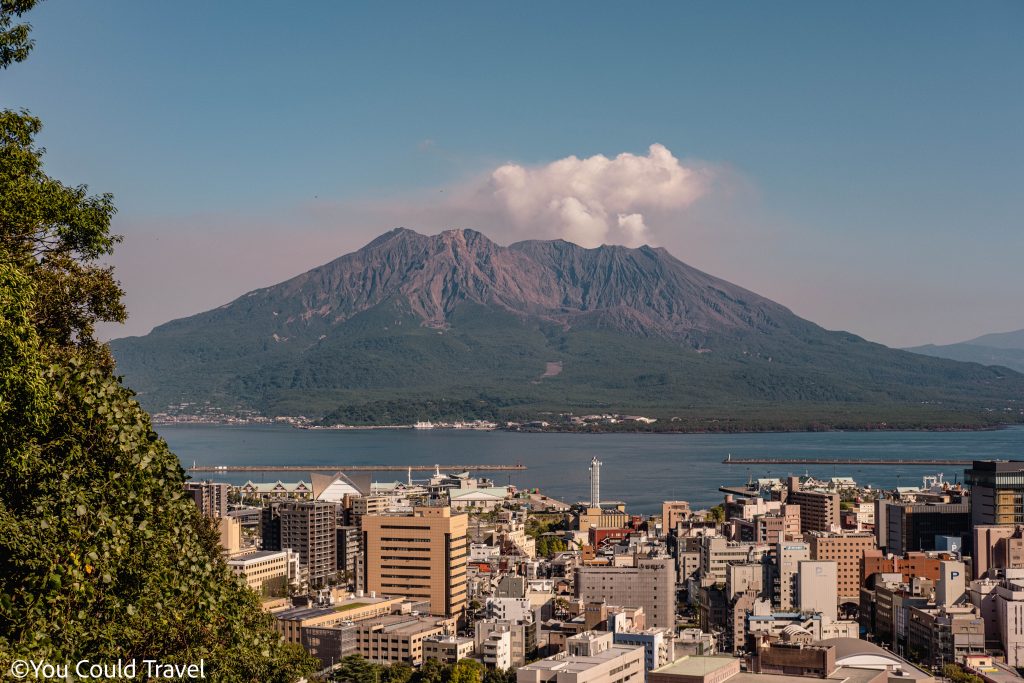
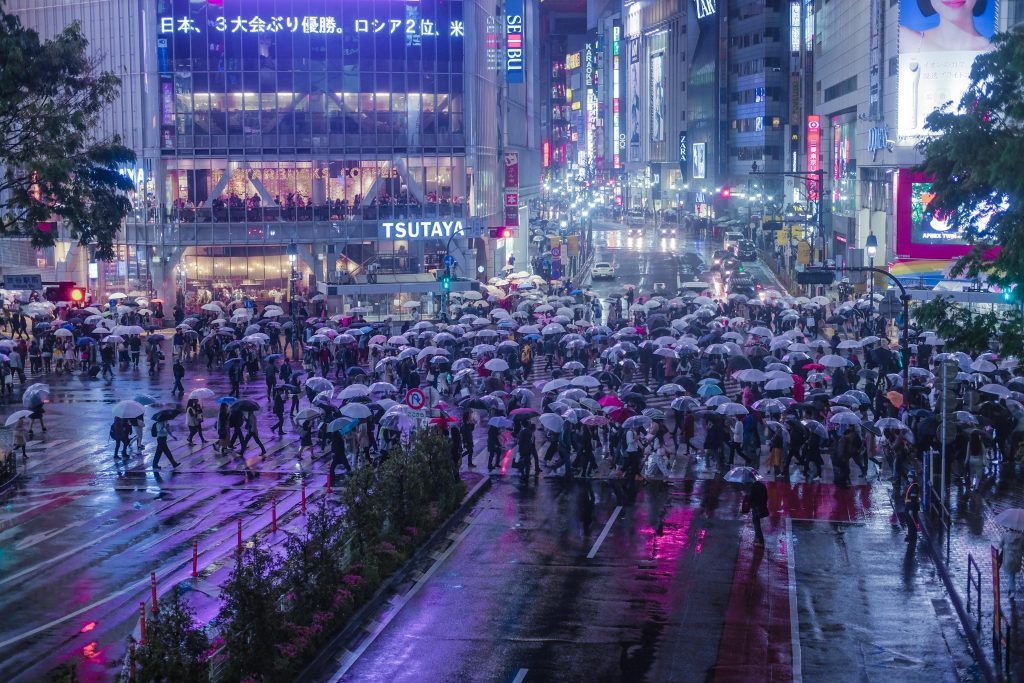
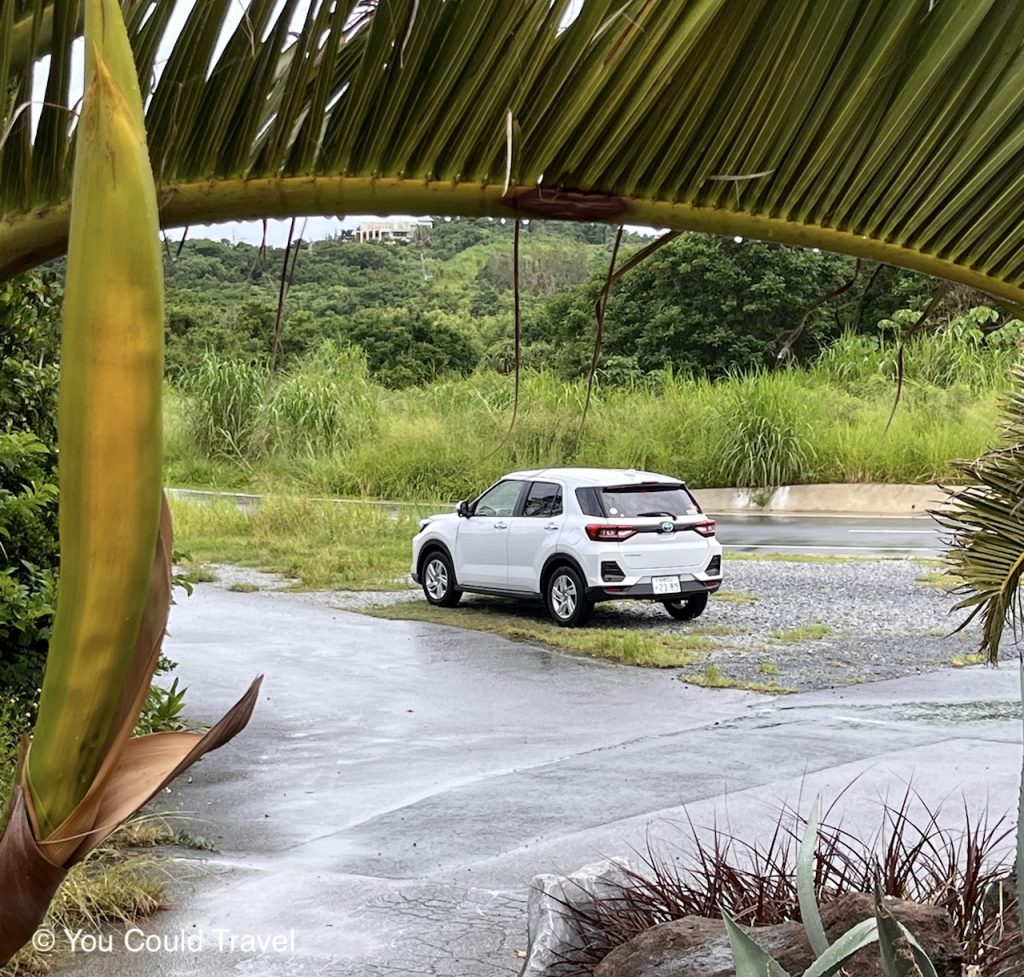


Leave a Reply